Botanical Watercolor Pastels: Part Two - What You Need!
Let's Make Something!
~
Let's Make Something! ~
Whether you’re starting with your own supplies, or using one of our kits, you can follow along with this section to learn everything you’ll need to get started.
Each of our oil pastel kits includes a full set of twelve water-soluble oil pastels, our favorite cold-pressed watercolor paper pad, our favorite cruelty-free watercolor brush, and a pencil for sketching. You’ll also want one to two jars of clean water, and napkins or paper towels for blotting your brush.
Cold-pressed watercolor paper has long been our choice for any kind of beginning watercolor – including pastels, hard-pan palettes, and gouache. As the name implies, cold-pressed paper is created by pressing paper pulp or cotton through cold metal rollers – which creates the unique texture you can feel on the surface of the paper. This differs from hot-pressed paper, which is fed through hot rollers that steam and smooth the sheet. Cold-pressed paper absorbs water more readily, and allows for greater layering without tearing or damaging the surface of the paper. For that reason, beginners tend to have the most success with this paper.
One thing we love about the paper pad we include is that – though it’s all been cold-pressed, each paper sheet has two sides – one that’s a bit more textured, and one that’s a bit smoother. There’s no wrong side to use! The smoother side will help capture details a bit more readily, while the rougher side can handle more water, and lends itself to greater build-up of color. With the techniques we cover in the following pages, try experimenting on both sides! It’s a great way to get a better feel for your tools.
The brush we include with our kit is made of synthetic fibers, which we prefer to brushes containing animal hair. It’s a size four round brush, and is a versatile brush that’s easy for beginners and lends itself to many types of projects. As you continue in your pastel journey, you may add to your brush collection – but remember that you’re not limited to brushes! Your fingers make excellent blending tools, as do items like makeup sponges, cloth, foam, or rolled paper can all be experimented with as well.
Since we’ll be working with water, it’s helpful to have one to two jars of clean water that you’ll refresh regularly. Try reusing old plastic cups or jam jars for this – they don’t need to be fancy! It’s also helpful to have clean paper towels or napkins on hand for dabbing our paper and brushes. We want our water to remain fairly clean to avoid muddying our canvas – typically once it starts to look like a cup of milky tea, it’s time to empty the jar and refill. And yes, it’s safe to wash this water down your sink!
Last, but not least – the humble pencil! Perfect for sketching an underlayer, or for adding in texture and additional visual interest after application of the pastels. If you’d prefer to keep the pencil hidden, use light strokes for your sketch – depending on the thickness of your pastel application, the lines may otherwise end up visible through translucent layers of color.
And just like that, you have everything you need to get started. Next up: getting our space ready to craft. Just keep following step by step through these posts, and you’ll be well on your way to oil pastel success.
And of course, if you can’t wait to get crafting, check out our kit here! It contains everything you need to get started.

